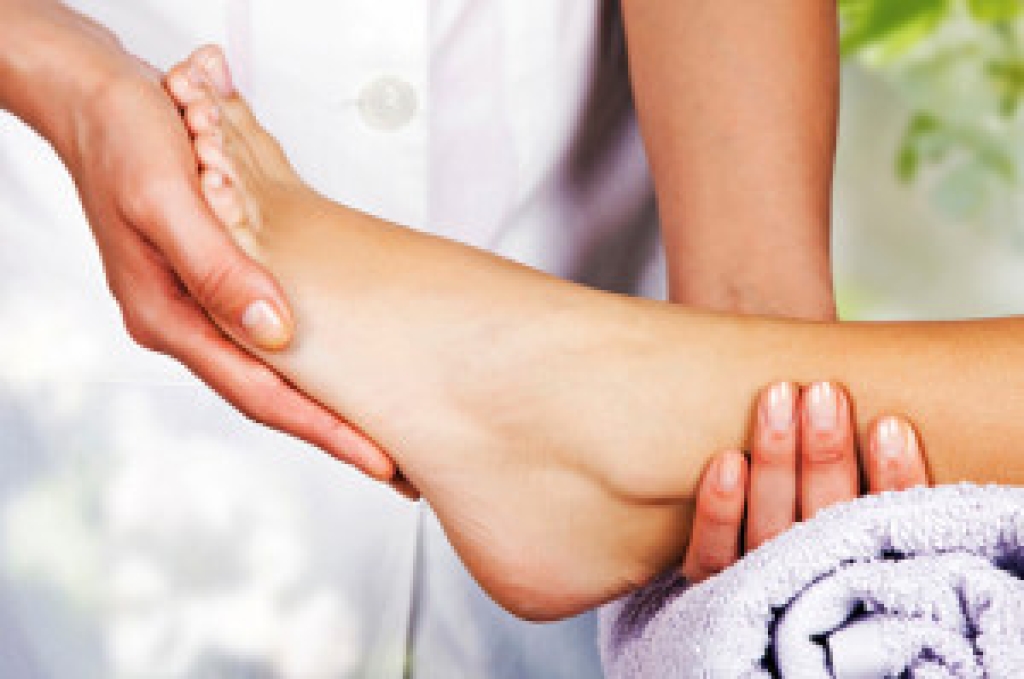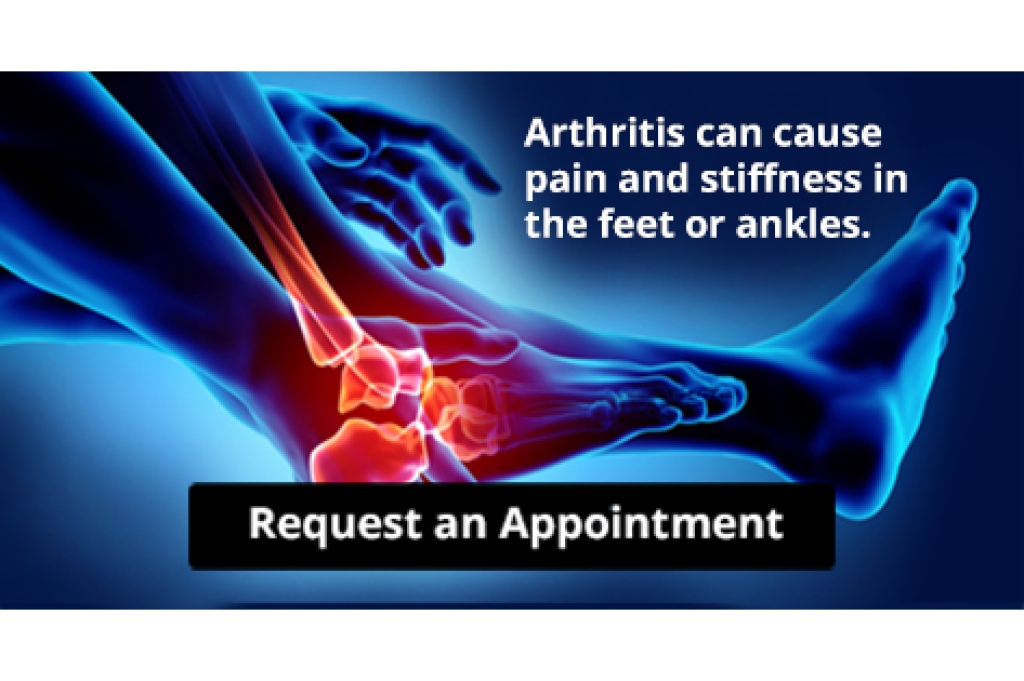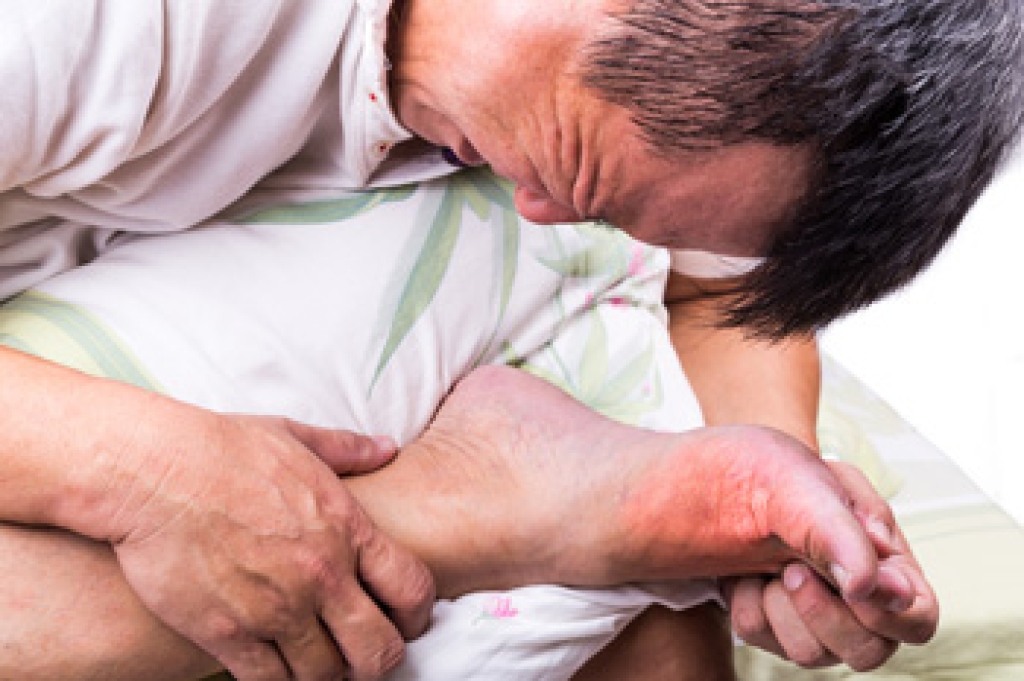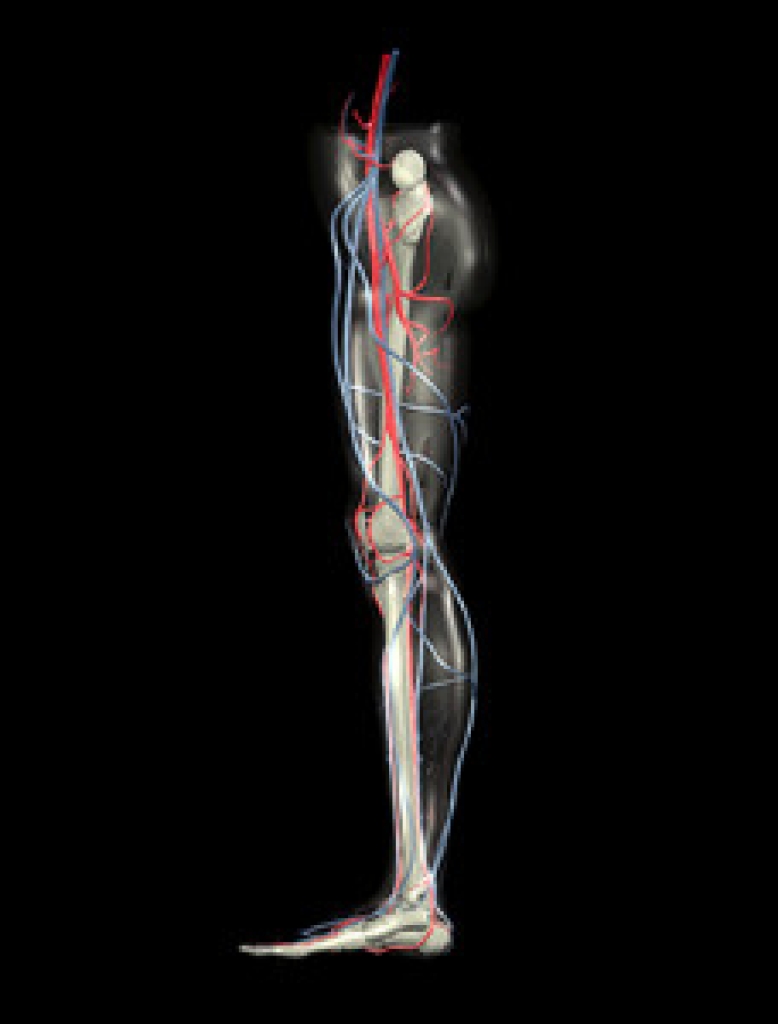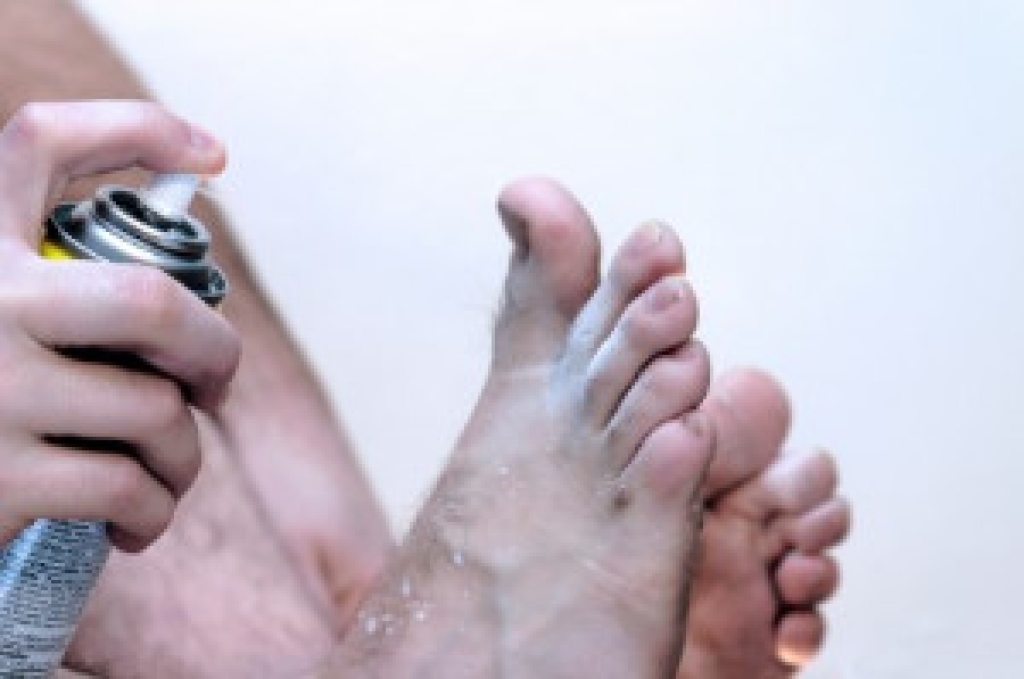 A common fungal infection of the skin on the feet is known as athlete’s foot. It typically affects the skin between the toes and the bottom of the feet, and it is considered to be contagious. The fungus that causes this condition often lives and thrives in warm and moist environments. These can include public swimming pools and surrounding areas, and shower and locker room floors. There are measures that can be taken which may help to prevent this ailment from developing. These can consist of wearing appropriate shoes while in public areas, wearing dry socks and shoes, and sharing towels should be avoided. The noticeable symptoms that are associated with athlete’s foot are itchy and burning sensations that are felt on the bottom of the feet, and the skin between the toes may appear to be red and flaky. An effective treatment option can include using an antifungal powder or cream, in addition to taking prescribed medication for severe cases. If you have developed athlete’s foot, it is suggested that you seek the counsel of a podiatrist who can properly treat this condition.
A common fungal infection of the skin on the feet is known as athlete’s foot. It typically affects the skin between the toes and the bottom of the feet, and it is considered to be contagious. The fungus that causes this condition often lives and thrives in warm and moist environments. These can include public swimming pools and surrounding areas, and shower and locker room floors. There are measures that can be taken which may help to prevent this ailment from developing. These can consist of wearing appropriate shoes while in public areas, wearing dry socks and shoes, and sharing towels should be avoided. The noticeable symptoms that are associated with athlete’s foot are itchy and burning sensations that are felt on the bottom of the feet, and the skin between the toes may appear to be red and flaky. An effective treatment option can include using an antifungal powder or cream, in addition to taking prescribed medication for severe cases. If you have developed athlete’s foot, it is suggested that you seek the counsel of a podiatrist who can properly treat this condition.
Athlete’s foot is an inconvenient condition that can be easily reduced with the proper treatment. If you have any concerns about your feet and ankles, contact Larry J. Kipp, DPM from Coastal Podiatry Center. Our doctor will treat your foot and ankle needs.
Athlete’s Foot: The Sole Story
Athlete's foot, also known as tinea pedis, can be an extremely contagious foot infection. It is commonly contracted in public changing areas and bathrooms, dormitory style living quarters, around locker rooms and public swimming pools, or anywhere your feet often come into contact with other people.
Solutions to Combat Athlete’s Foot
- Hydrate your feet by using lotion
- Exfoliate
- Buff off nails
- Use of anti-fungal products
- Examine your feet and visit your doctor if any suspicious blisters or cuts develop
Athlete’s foot can cause many irritating symptoms such as dry and flaking skin, itching, and redness. Some more severe symptoms can include bleeding and cracked skin, intense itching and burning, and even pain when walking. In the worst cases, Athlete’s foot can cause blistering as well. Speak to your podiatrist for a better understanding of the different causes of Athlete’s foot, as well as help in determining which treatment options are best for you.
If you have any questions please feel free to contact our office located in New Port Richey, FL . We offer the newest diagnostic and treatment technologies for all your foot and ankle needs.
